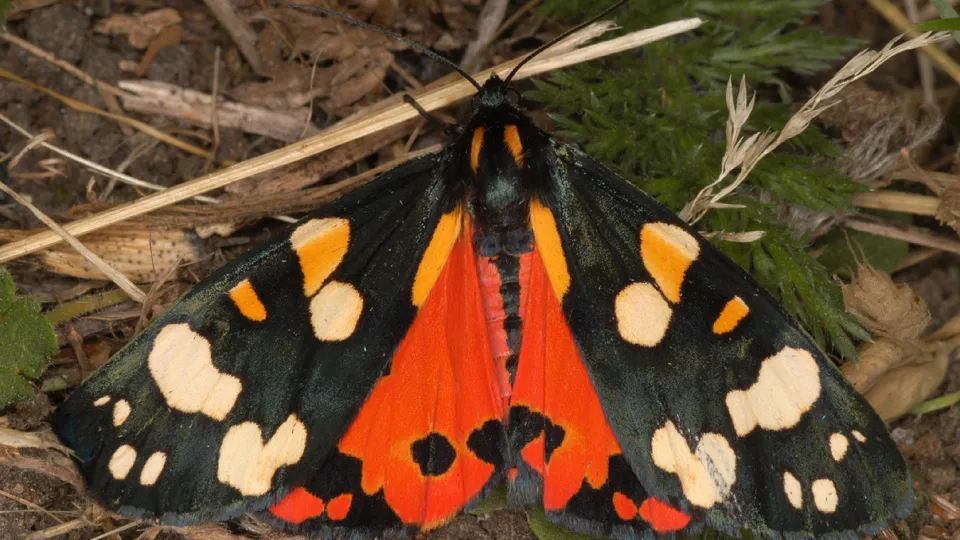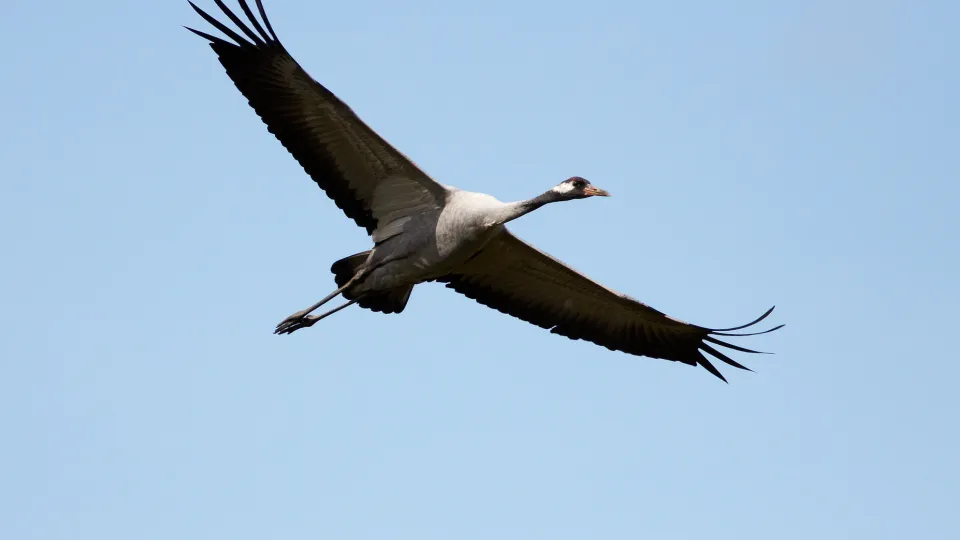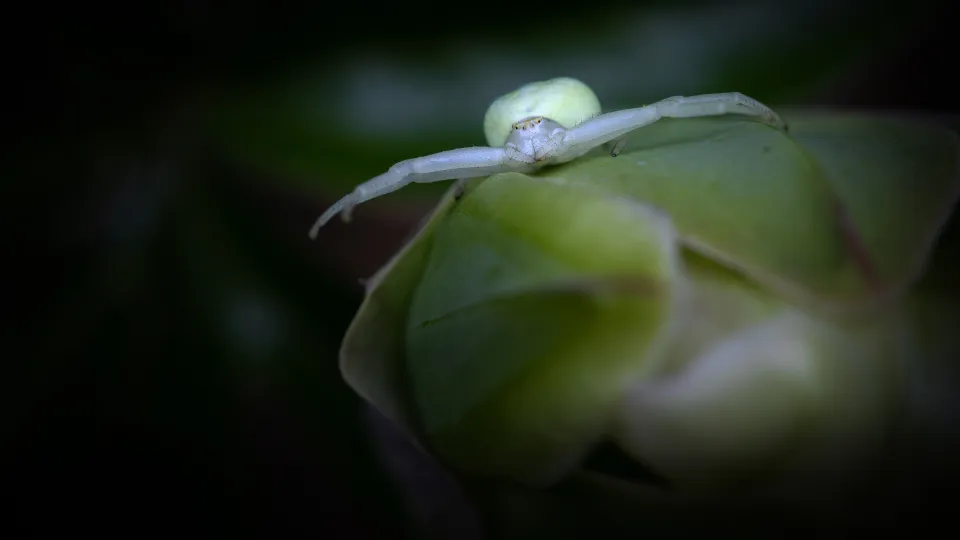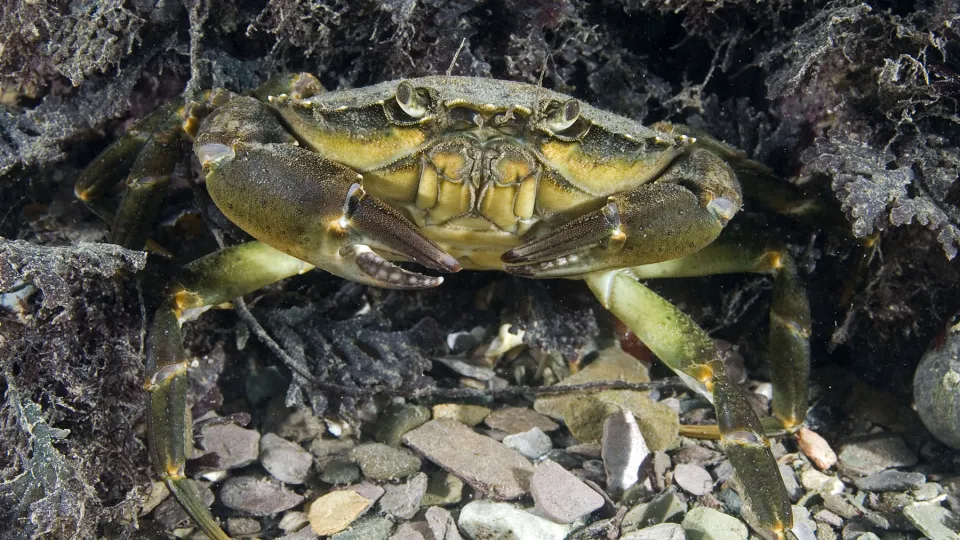
Scarlet tiger moth
This beautiful moth is often found resting on leaves, though it does also fly during the day.

This beautiful moth is often found resting on leaves, though it does also fly during the day.

One of the only venomous fish to be found in British waters, the lesser weever fish is certainly one to watch out for!

As the UK’s tallest bird the common crane is instantly recognisable with the ruffle of tail feathers and very long legs. Their bugling call is also very distinctive.

The flower crab spider is one of 27 species of crab spider. The flower crab spider can alter the colour of its body to match its surroundings and to hide from prey. It is not as common as other types of crab spider.

The waxwing is a colourful winter visitor. It can often be spotted in large flocks in berry-laden bushes in towns, car parks and gardens.

As its name suggests, the zebra spider has the familiar black-and-white stripes of a zebra, making it very distinctive. It can be found stalking its prey on rocks, trees and walls, particularly in gardens.

This tiny gamebird is rarely seen, but its distinctive "wet my lips" call can be heard ringing out over areas of farmland on summer evenings.

This crab is common around all of the UK. If you've ever been rockpooling or crabbing, it's probably the shore crab that you've met.

Rare summer visitors, honey buzzards breed in open woodland where they feed on the nests and larvae of bees and wasps.

Known as the phantom of the forest, goshawks can fly through the trees at up to 40km per hour as they hunt birds and small mammals.